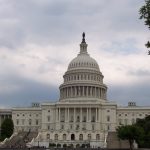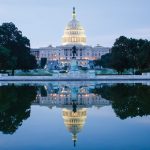GSA Hosting GNSS Raw Measurements Taskforce Workshop on May 30
Following the publication of the White Paper Using GNSS Raw Measurements on Android Devices, the European GNSS Agency (GSA) and the Raw Measurements Taskforce will share their experiences around the use of raw measurements at a dedicated workshop — GNSS Raw Measurements: From research to commercial use — to be held at the GSA headquarters in Prague on May 30.
By Inside GNSS













